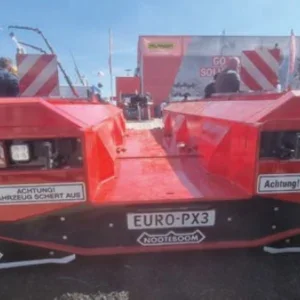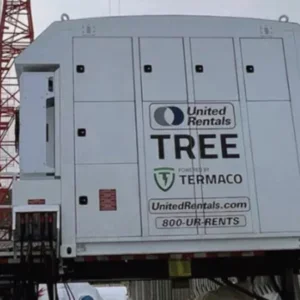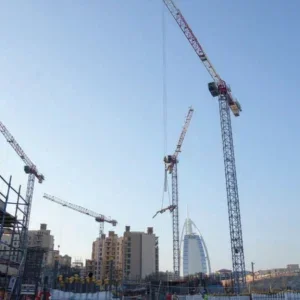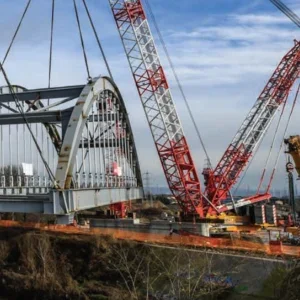Rayco Wylie’s registered company name in the UK is still the B&A (Brown and Aitken) Engineering Company, which was founded on the 2nd of September 1933 following the introduction of the first Factory Inspectorate Approval Certificate requirement for cranes in 1932. This was put in place to combat the rise of the number of accidents in the manufacturing and building industries.
Wylie Systems came into being when B&A Engineering bought out its major competitor, Wylie in 1934, the owner being Hamilton Neil Wylie, a prolific inventor. Hamilton Neil Wylie manufactured safety devices used the collapsing strut as the principle for his range of indicators whereas B&A used springs and knife edge pivots to achieve the necessary mechanical sensitivity. Both products were popular and were manufactured alongside each other until the 1970’s.
Over time the old B&A Indicators became less popular and were dropped from the range. This meant eventually all but the Wylie ‘A’ type for scotch derrick cranes were replaced by the newly developed ‘DL’ (differential lever) indicator that was introduced and approved in 1948, enabling greater ability to adjust the load input to the alarm point over a much wider range and with more precision, and were produced in great numbers.
The upsurge and popularity of hydraulic cranes in the 1960’s brought the demand for yet more automation, which went beyond the capabilities of mechanical systems. The Loadwatcher was the company’s last attempt at an electro-mechanical solution before they were all replaced by microprocessor based systems. However, due to the unreliability and service issues on the early models, microprocessor systems were only accepted gradually and were not universally accepted until the 1980’s.
Wylie Systems purchased another competitor, Weighload Ltd, in 1982 both to remove a competitor from the market and to buy their microprocessor development which was introduced to the market in 1984 as the Weighload Mk II. This was followed by the WW225, WW230 and eventually the WW250 in 1991, this being the first product to incorporate integral data recording as an option.
Wylie Systems became part of the Rayco Technology Group in 1994 and together have jointly continued to develop and produce indicator systems including the W2245, i3000, i3500 and the latest development, the i4500 series of systems.
I4500 series
Rayco-Wylie has released its latest RCI technology: The i4500 series. The company, which has been producing crane indicator systems for 80 years this year, said the i4500 series is the result of continuous product development over it’s history.
Some of the i4500 series features include: A display with a temperature range from -20°C to +70°C as standard with -40°C to +85° available as an option, no special tools are required for the installation or system set-up as all calibration can be carried out directly on the i4500 screen and data can be simply transferred via USB stick.
Designed to accommodate all of the types of cranes working in the lifting, construction and offshore industry, the i4500 is a new generation of RCI, with full colour display sizes of 4.3" 7" and 10.4".
The device can monitor boom sequencing, outrigger monitoring, range limiting and wind speed. There is also the option for more complete integration with the cranes existing systems for engine monitoring. Fully compliant with the highest European safety standard EN ISO 13849-1, the system has the capability to centralise the safety information, engine data and monitor camera images all on one display.






